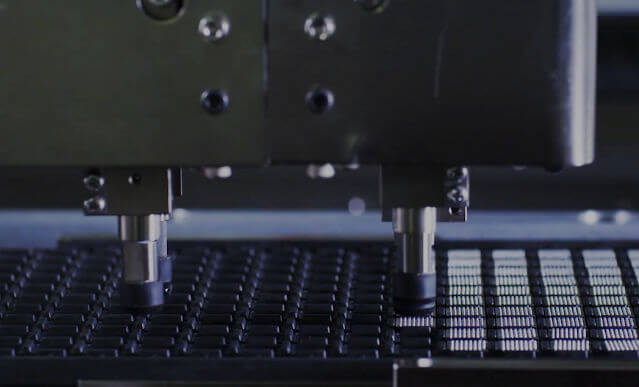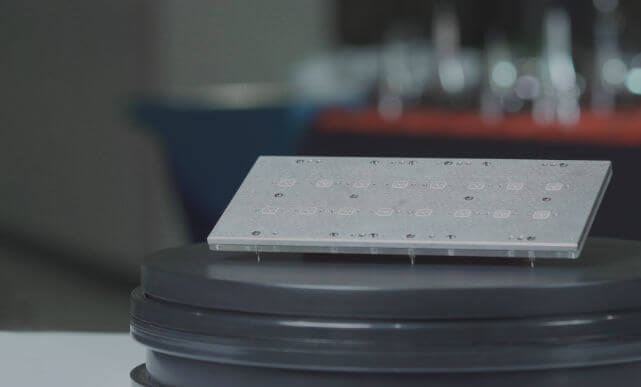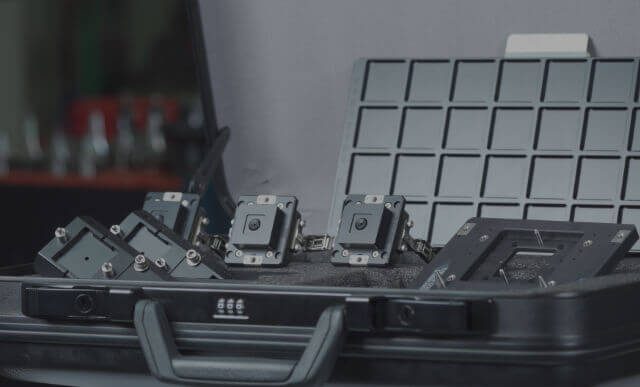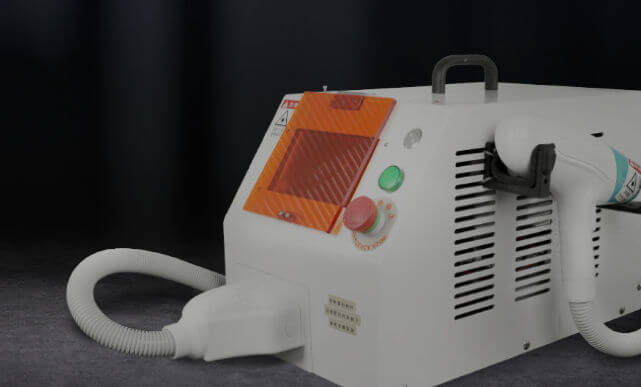2024-12-20
Blog
How to Clean Pogo Pins: Essential Tips for Effective Maintenance
Pogo Pin is a commonly used spring-loaded probe in semiconductor testing equipment, designed to establish stable electrical connections with electronic components during the testing process, such as ic final test. With frequent usage, Pogo Pins are prone to contamination (e.g., oxides, solder residues, or dust), which can result in poor contact and subsequently affect the accuracy and efficiency of testing.
Pogo Pin Cleaning Method
-
Using Clean Pad:

Clean Pad is a tool specifically designed for cleaning Pogo Pins, effectively removing surface contaminants without damaging the probes.
Steps for Cleaning with Clean Pad:
A. Place the Clean Pad at the probe contact position of the test socket.
B. Activate the testing equipment and allow the probes to press onto the Clean Pad multiple times under normal contact pressure.
C. After cleaning, inspect the probe surface to ensure it is restored to its original cleanliness.
Advantages:
*Quick and efficient cleaning.
*Reduces physical damage to the probe surface. -
Manual Cleaning with an Anti-Static Brush
Steps for Manual Cleaning with an Anti-Static Brush:
A. Use an anti-static brush to remove surface dust and debris.
B. For mild oxidation or contamination, gently rub the probe surface with an eraser.
C. Inspect the probe to ensure it has regained good contact performance.
Note:
This method is suitable for light contamination, and care must be taken during the process to avoid damaging the probes.
Related News
-
Head in Pillow Defect in BGA Soldering Process: Causes and Solutions
 2024.12.27
Head in Pillow Defect in BGA Soldering Process: Causes and Solutions
Head-in-Pillow (HIP) is a common failure mode in the BGA (Ball Grid Array) soldering process, referring to incomplete fusion between the BGA solder ball and the PCB pad, resulting in a structure resembling a "pillow and head." This defect can lead to poor contact, affecting the performance and reliability of electronic components.
2024.12.27
Head in Pillow Defect in BGA Soldering Process: Causes and Solutions
Head-in-Pillow (HIP) is a common failure mode in the BGA (Ball Grid Array) soldering process, referring to incomplete fusion between the BGA solder ball and the PCB pad, resulting in a structure resembling a "pillow and head." This defect can lead to poor contact, affecting the performance and reliability of electronic components.
-
Understanding ESD: How It Damages Semiconductor Components and How to Prevent It
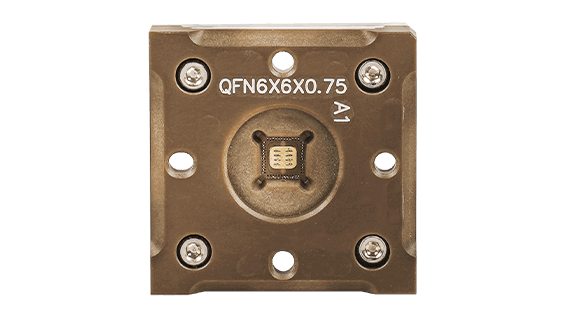 2024-12-23
Understanding ESD: How It Damages Semiconductor Components and How to Prevent It
Electrostatic Discharge (ESD) is a phenomenon caused by the transfer of electric charge between two objects that are statically charged. This typically occurs when two objects with different electrical potentials come into contact or are brought close together, resulting in a rapid discharge of static electricity and a sudden flow of current.
2024-12-23
Understanding ESD: How It Damages Semiconductor Components and How to Prevent It
Electrostatic Discharge (ESD) is a phenomenon caused by the transfer of electric charge between two objects that are statically charged. This typically occurs when two objects with different electrical potentials come into contact or are brought close together, resulting in a rapid discharge of static electricity and a sudden flow of current.
-
Wafer Test Probe
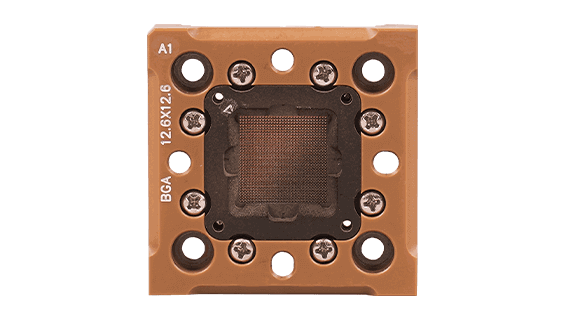 2024-12-23
Wafer Test Probe
Wafer Testing is an indispensable step in the semiconductor manufacturing process, responsible for inspecting the functionality and performance of each die on a wafer.
2024-12-23
Wafer Test Probe
Wafer Testing is an indispensable step in the semiconductor manufacturing process, responsible for inspecting the functionality and performance of each die on a wafer.
-
BGA (Ball Grid Array) Soldering Process: Defects and Solutions
 2024-12-20
BGA (Ball Grid Array) Soldering Process: Defects and Solutions
The quality of solder balls in the BGA soldering process directly affects the performance and reliability of the product. Various defects, such as voids, bridging, misalignment, and cracks, may occur during the soldering process. These defects can result from factors like soldering materials, equipment parameters, process design, or storage conditions. By optimizing material selection, improving process parameters, and enhancing quality control, the occurrence of soldering defects can be significantly reduced, thereby improving product reliability and lifespan.
2024-12-20
BGA (Ball Grid Array) Soldering Process: Defects and Solutions
The quality of solder balls in the BGA soldering process directly affects the performance and reliability of the product. Various defects, such as voids, bridging, misalignment, and cracks, may occur during the soldering process. These defects can result from factors like soldering materials, equipment parameters, process design, or storage conditions. By optimizing material selection, improving process parameters, and enhancing quality control, the occurrence of soldering defects can be significantly reduced, thereby improving product reliability and lifespan.
-
What is the Final Test in Semiconductor Manufacturing?
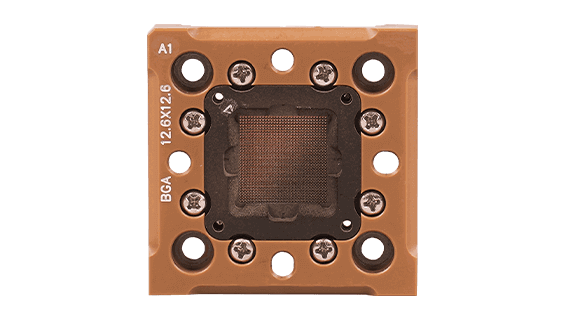 2024-06-27
What is the Final Test in Semiconductor Manufacturing?
In the semiconductor manufacturing process, the Final Test (FT) is a critical step that ensures each chip meets the expected performance standards before being shipped.
2024-06-27
What is the Final Test in Semiconductor Manufacturing?
In the semiconductor manufacturing process, the Final Test (FT) is a critical step that ensures each chip meets the expected performance standards before being shipped.
-
What is a QFN Socket? Key Benefits and Uses
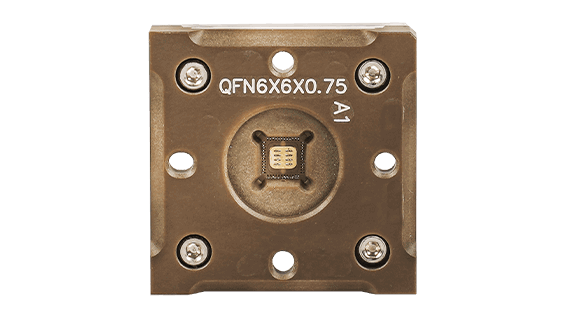 2024-06-12
What is a QFN Socket? Key Benefits and Uses
QFN Socket (Quad Flat No-lead) is a type of leadless surface-mount package used for integrated circuits.
2024-06-12
What is a QFN Socket? Key Benefits and Uses
QFN Socket (Quad Flat No-lead) is a type of leadless surface-mount package used for integrated circuits.
-
BGA Sockets Basics: Exploring Benefits and Application
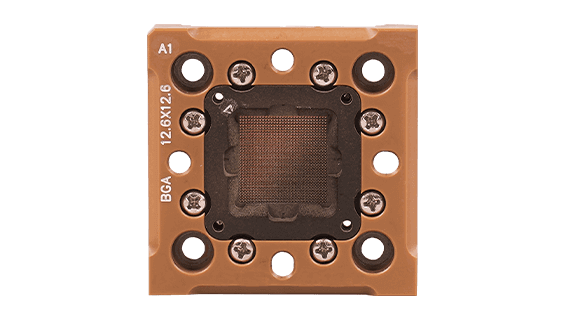 2024-06-05
BGA Sockets Basics: Exploring Benefits and Application
A BGA socket (Ball Grid Array socket) is a type of surface mount packaging used for integrated circuits.
2024-06-05
BGA Sockets Basics: Exploring Benefits and Application
A BGA socket (Ball Grid Array socket) is a type of surface mount packaging used for integrated circuits.
-
Test Sockets: Key Components in IC Testing
 2024-05-29
Test Sockets: Key Components in IC Testing
This article will explore why Test Sockets are important, the different kinds there are, and how they are used in the semiconductor industry.
2024-05-29
Test Sockets: Key Components in IC Testing
This article will explore why Test Sockets are important, the different kinds there are, and how they are used in the semiconductor industry.
Contact Us Now
Complete online forms and Pin-Jet will have representatives to help you with professional services


